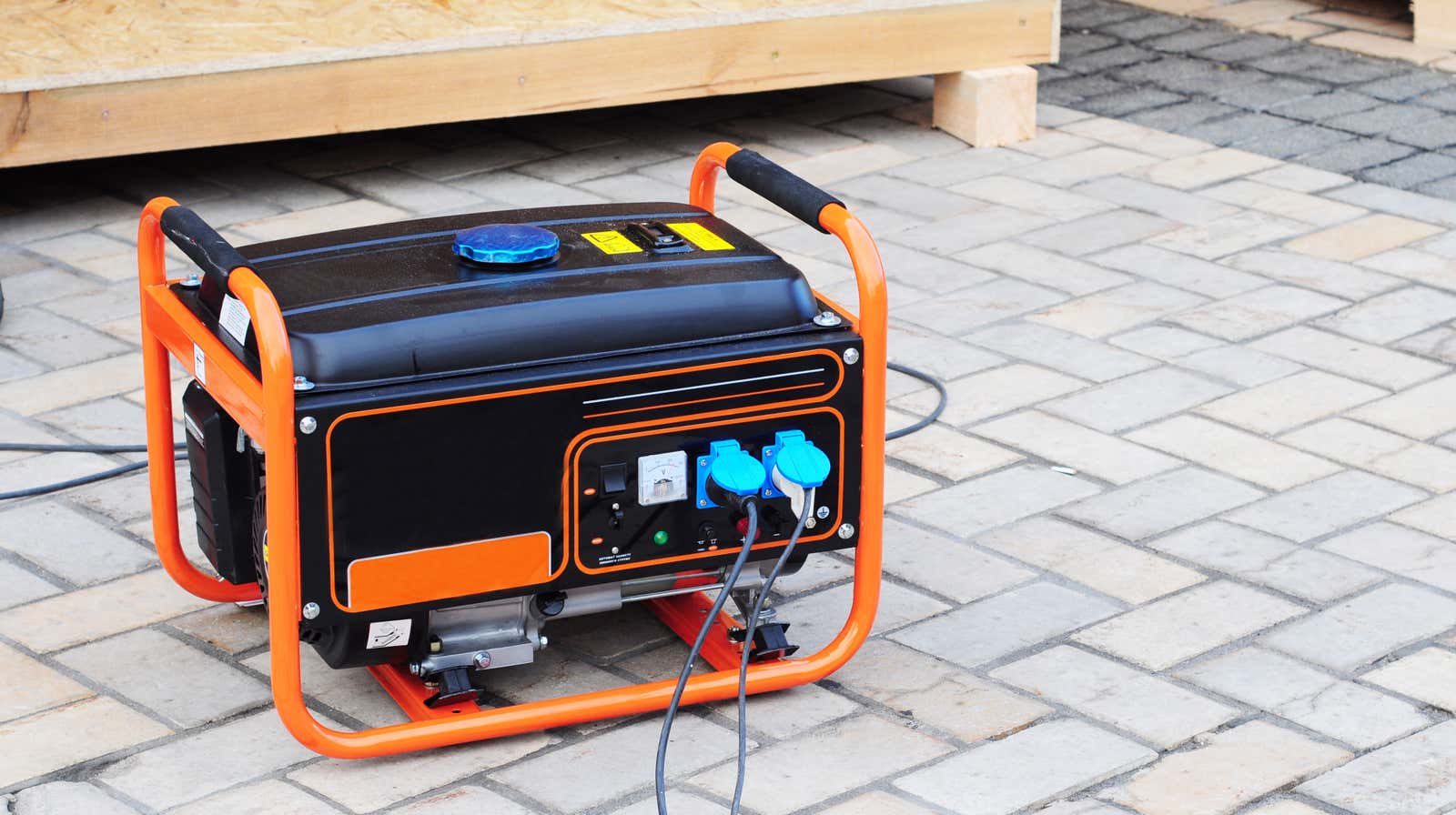Please Never Use the Portable Generator Indoors

Historic snowfall and freezing temperatures have left millions of Texans without electricity, and when forced to use your own devices to heat your home, using a generator is a common alternative to your local power grid. But while portable gas-fired generators are a viable alternative source of energy when the mains is off, they must be used properly as many problems can arise, many of which are dangerous and fatal.
If you’re struggling with the cold during power outages (or just need to use a generator in less dire circumstances), here are some safety tips to keep in mind.
What is a generator?
A portable generator is essentially a mobile gas engine that can provide an additional option to power various appliances when the electrical grid is inactive. Plants vary in size and size and offer different power and total power options.
Manufacturer Briggs and Stratton goes into detail on the details:
Portable generators generate electricity by running a gas engine that turns on an on-board alternator to generate electricity. The sockets on the unit allow you to connect extension cords, power tools and household appliances to it. Generally, the more powerful the generator, the more outlet combinations.
Unlike standby generators, portable generators are not permanently installed, they can be easily moved from place to place and must be manually started. Portable generators are rated for the amount of power they produce, called watts. Generally, the more watts, the more items you can turn on.
There are many different types of generators on the market, and you can plug one of them into a power source to keep the lights on and keep the refrigerator humming. But you won’t be able to do it yourself – you need a certified electrician to help you do this in accordance with local energy regulations.
How to use the generator for basic needs
It is easier to use the generator in theory than in practice because there are a number of precautions that must be taken before turning it on.
First, let’s start with fuel and oil. As BobVilla.com explains , make sure you fill the tank with the correct amount of gasoline according to the instructions in your user manual. There should be a gauge to help you add the right amount. However, you should refuel it on a level surface so that you can accurately read the gauge reading. When it comes to oil, there is usually a dipstick somewhere on the rig that you can pull out, just like you would when checking oil in a machine. If, after wiping the stick, plunge it back in and pull it out again, the amount of oil falls to the upper and lower limits indicated on the stick, you have the required amount of oil.
Make sure your generator is at least 15 feet away from any open windows in your area, and generally keep it 15 feet away from your home and those of your neighbors. DOE recommends using it only on dry surfaces and “under an open shed” and make sure your hands are dry before touching the generator. Do not use the generator in rainy or wet weather. “
Whatever you do – and this is very important – be sure to put it outside. Using a portable generator indoors is incredibly dangerous as carbon monoxide leaks from the device. The toxic gas is odorless and tasteless and causes symptoms such as “headache, dizziness, weakness, indigestion, vomiting, chest pain and confusion,” according to the CDC. Never plug the generator into a wall outlet in your home, as this could damage your home’s electrical circuits and start a fire.
If you feel faint or unwell while using the portable generator, turn off the device immediately and breathe fresh air away from the generator.
Calculation of power, connection of household appliances, etc.
Make sure you know the power limits of your generator and understand how many watts you are connecting to it with your appliances. Devices usually have the corresponding wattage, but if you can’t find yours, you can check your models on Google. It’s also a good idea to be careful with only connecting one or two fixtures at a time.
Bob Willa explains how to start the engine:
Follow the instructions in the owner’s manual to turn on the machine. Usually you need to turn off the circuit breaker and turn on the fuel valve before starting it. Let the machine warm up for a few minutes, then turn on the circuit breaker.
If necessary, it is recommended to use heavy duty extension cords that can withstand different types of terrain and have high power. As Safe Electricity explains , always turn on the generator before connecting the appliances.
When the generator is running, turn on the fixtures and lights one at a time to avoid overloading the device. Remember, generators are for temporary use; prioritize your needs.
To turn off the generator, turn off all electrical appliances and then turn off the unit. But since all devices are different, refer to your user manual for more specific instructions. It is important to allow the snap to cool down after use. And if you don’t plan to turn it on again within the next month, feel free to empty the fuel and oil tanks.